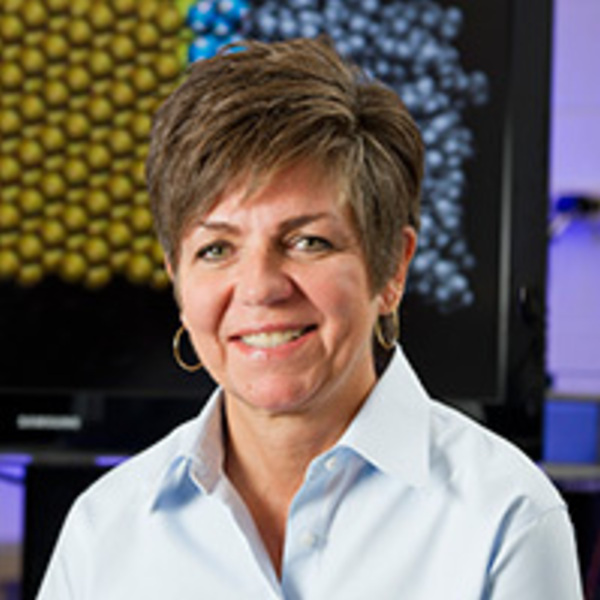Mary Prorok
Assistant Chair

- Office
- 251B Nieuwland Science Hall
Notre Dame, IN 46556 - Phone
- +1 574-631-9120
- mprorok@nd.edu
Prospective Graduate Students
Biography
Dr. Prorok received her B.S. degree, magna cum laude, in medicinal chemistry in 1982 and her Ph.D. in chemistry in 1990, both from the State University of New York at Buffalo. She conducted postdoctoral research at Brandeis University from 1990 to 1993 as a National Institutes of Health postdoctoral fellow and at the University of Notre Dame from 1994 to 1997 as an American Heart Association postdoctoral fellow, before joining the faculty of the University of Notre Dame in 1998. Dr. Prorok was the recipient of the American Heart Association Scientist Development Grant. She is the author of over 40 scientific publications.
Research Interests
It has long been acknowledged that all of the information required for peptides and proteins to adopt their biologically active three-dimensional conformations is specified in the sequential arrangement of their constituent amino acids. However, the contribution of specific amino acids to the process of proper folding, a fundamental issue in structural biology, remains largely unanswered for a number of important proteins and peptides. A related question concerns the nature of the interactions between the folded species and their physiological targets. The relationship of peptide/protein structure to function and activity has been an important component of our research program for many years. Our laboratory is particularly interested in a class of peptides and proteins that contain a high relative content of a non-standard amino acid known as gamma-carboxyglutamic acid (Gla). These include many plasma proteins involved in blood coagulation and a class of neuroactive peptides, the conantokins, which are sourced in the venom of predatory marine snails and act as potent and specific antagonists of the N-methyl-D-aspartate receptor. We also investigate structure-function relationships in plasminogen, the principal effector of fibrinolysis, and the precursor of angiostatin, an inhibitor of tumor growth and proliferation.
In our laboratories, we evaluate the contributions of individual amino acids and groups of amino acids to proper conformation and function through two strategies; site-specific mutagenesis and peptide synthesis. The biophysical and structural properties of the peptides and proteins thus generated are characterized using a suite of methodologies including analytical ultracentrifugation, microcalorimetry, fluorimetry, X-ray crystallography, surface plasmon resonance, and circular dichroism and NMR spectroscopies. For functional assessments, our laboratory employs enzymology, radioligand binding, and electrophysiology. We also examine in vivo effects in mice. Taken together, these approaches permit us to pinpoint the often subtle structural features that influence the biological activity of the peptides and proteins under study.
Selected Publications
-
Dai Q, Sheng Z, Geiger JH, Castellino FJ, Prorok M. (2007). Helix-helix interactions between homo- and heterodimeric gamma-carboxyglutamate-containing conantokin peptides and their derivatives. J Biol Chem 282:12641-12649.
-
Cnudde SE, Prorok M, Castellino FJ, Geiger JH. (2006). The X-ray crystallographic structure of the angiogenesis inhibitor, angiostatin, bound to a peptide from the group A streptococcal surface protein PAM. Biochemistry. 45:11052-11060.
-
Wei J, Dong M, Xiao C, Jiang F, Castellino FJ, Prorok M, Dai Q. (2006). Conantokins and variants derived from cone snail venom inhibit naloxone-induced withdrawal jumping in morphine-dependent mice. Neurosci Lett. 405:137-141.
-
Busquets L, Guillen H, DeFord ME, Suckow MA, Navari RE, Castellino FJ, and Prorok M. (2005). Cathepsin E is a specific marker of dysplasia in APCMin/+ mouse intestine. Tumor Biol. 27:36-42.